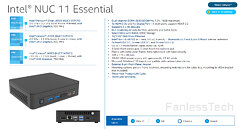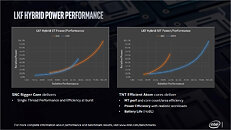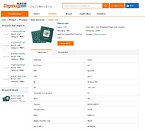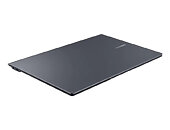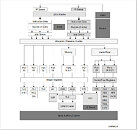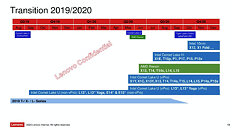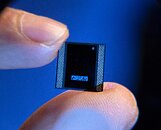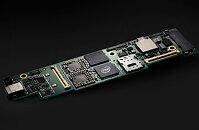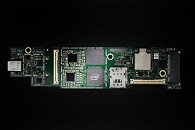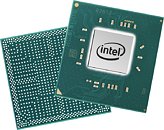
Akasa Intros Newton CAC Fanless Case for Intel Atlas Canyon NUC
Akasa today introduced the Newton CAC fanless case for the entry-level Intel Atlas Canyon NUC boards. These NUCs are based around the Pentium Silver 6000-series and Celeron 4500-series "Jasper Lake" SoCs featuring up to 4 "Tremont" E-cores. The Akasa case offers full fanless cooling for the SoC, letting you use it as a digital-signage or AIoT box. The case has cutouts for nearly all of the Atlas Canyon's connectors, except the 9-pin external header for an additional front-panel. The case is made of anodized-aluminium with a ridged surface for heat-dissipation. The front- and rear-panels feature a brushed-aluminium finish with diamond-cut edges. It measures 178 mm x 117 mm x 44 mm. The company didn't reveal pricing.









